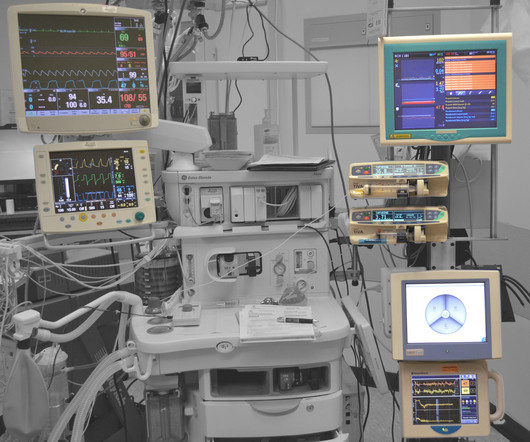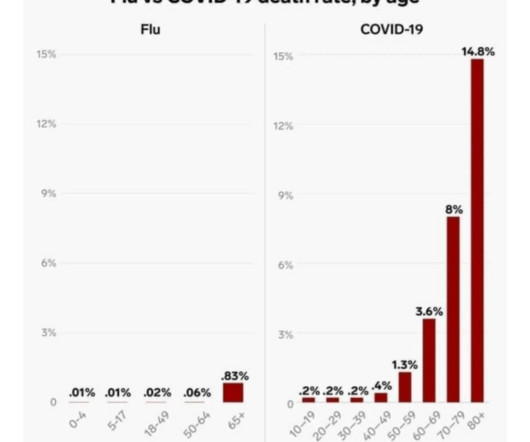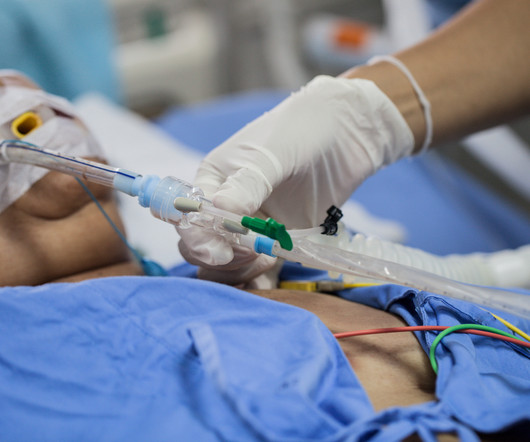RFK RECOMMENDS WEARABLES FOR ALL. WHERE’S THE DATA?
The Anesthesia Consultant
JULY 8, 2025
Blood oxygen level. The blood oxygen level, or oxygen saturation level, is equivalent to what a pulse oximeter measures in the operating room. Health Utility Assessment: A valuable feature, but you’d need to suspect an arrythmia before you choose to activate this technology.
















Let's personalize your content